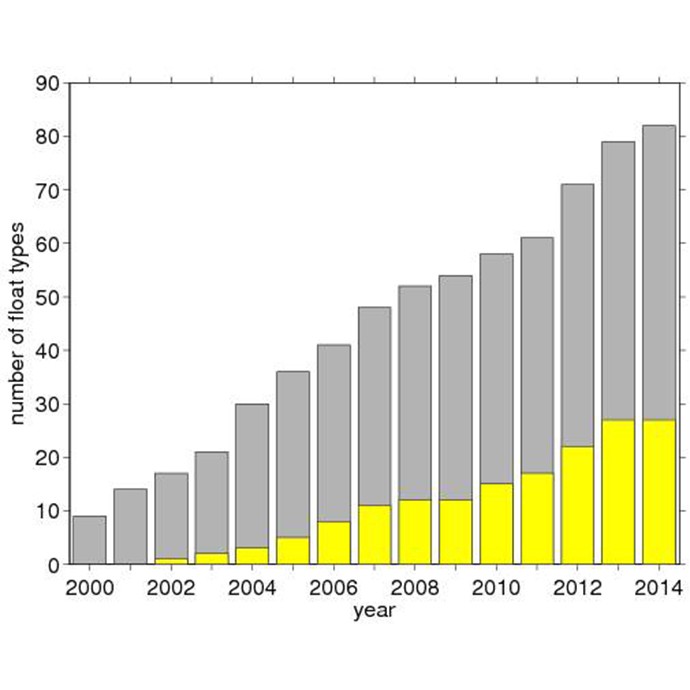The US Argo Data Assembly Center at PhOD used the transition to the NETCDF profile format version 3.0 to consolidate three processes into one process. This major development had multiple benefits. The primary benefit is that during the development stage the rapid changes in the float technology, for example the addition of sensors, were taken into account to increase the adaptability of the software to future changes of floats as well as the NETCDF profile format. Prior to this development, three programs required adaptation when float types with a new combination of sensors was deployed.

Another benefit is the amount of computer resources needed for the processing is substantially less. This and other changes to the processing system lead to the reduction of the elapsed time between observation and data availability. The development of this software also benefited a project that deploys ALAMO floats in the vicinity of tropical cyclones for the purpose of improved forecasts of such storms, because it made it easier to set up a system that can process and distribute the date from these floats within minutes of receiving the decoded data from the float owner.
